.
18.01.2016

India To Launch Fifth Navigation Satellite- Countdown Begins
.
The rocket is expected to blast off at 9.31 am on January 20 to put into orbit the 1,425 kg IRNSS-1E satellite.
CHENNAI: The 48-hour countdown for the lift of an Indian rocket -- the first one for 2016 -- with the country's fifth navigation satellite as the sole passenger began at 9.31 am on Monday, senior ISRO officials said.
"The 48-hour countdown for the launch of rocket Polar Satellite Launch Vehicle (PSLV-31) carrying Indian Regional Navigation Satellite System-IRNSS-1E began in the Sriharikota rocket port in Andhra Pradesh," senior official at Indian Space Research Organisation (ISRO) told IANS.
The rocket is expected to blast off at 9.31 am on January 20 to put into orbit the 1,425 kg IRNSS-1E satellite.
Till date India has launched four regional navigational satellites (IRNSS-1A, 1B, 1C and ID) as part of a constellation of seven satellites to provide accurate position information service to users across the country and the region, extending up to an area of 1,500 km.
Though the full system comprises of nine satellites -- seven in orbit and two on the ground as stand-by -- the navigation services could be made operational with four satellites, ISRO officials had said earlier.
Each satellite costs around Rs.150 crore and the PSLV-XL version rocket costs around Rs.130 crore. The seven rockets would involve an outlay of around Rs.910 crore.
The entire IRNSS constellation of seven satellites is planned to be completed in 2016 itself.
The first satellite IRNSS-1A was launched in July 2013, the second IRNSS-1B in April 2014, the third on October 2014 and the fourth on March 2015.
Once the regional navigation system is in place, India need not be dependent on other platforms.
According to ISRO, IRNSS-1E carries two types of payloads -- navigation and ranging payloads.
The navigation payload of IRNSS-1E will transmit navigation service signals to the users. This payload will be operating in L5-band and S-band.
A highly accurate Rubidium atomic clock is part of the navigation payload of the satellite.
The ranging payload of IRNSS-1E consists of a C-band transponder (automatic receivers and transmitters of radio signals) which facilitates accurate determination of the range of the satellite.
IRNSS-1E also carries Corner Cube Retro Reflectors for laser ranging.
On January 20 at 9.31 a.m. the PSLV-XL version rocket standing 44.4 metres tall and weighing 320 ton would blast off from India's rocket port at Sriharikota.
Just over 19 minutes into the flight the rocket would put into orbit IRNSS-1E at an altitude 503.3 km.
The satellite's life span is 12 years, the ISRO official said.
The Indian space agency's mission readiness review committee (MRRC) and the launch authorisation board (LAB) on Sunday gave the green signal for the Wednesday's rocket launch.
Quelle: NDTV
---
.
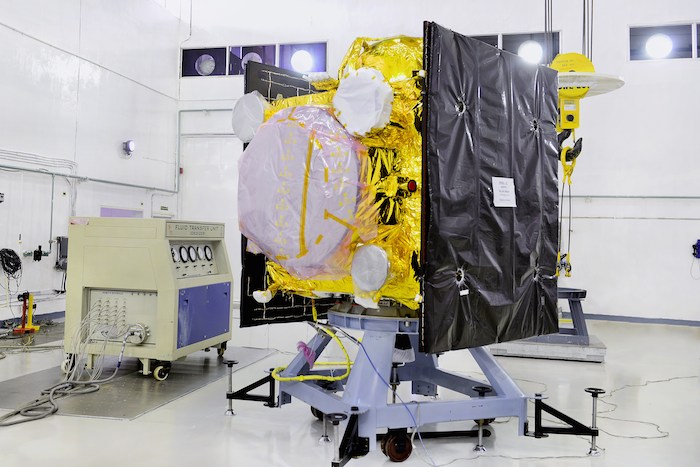
PSLV-C31
Polar Satellite Launch Vehicle, in its 33rd flight (PSLV-C31), will launch IRNSS-1E, the fifth satellite of the Indian Regional Navigation Satellite System (IRNSS). The launch will take place from the Second Launch Pad (SLP) of Satish Dhawan Space Centre (SDSC) SHAR, Sriharikota. As in the previous four launches of IRNSS satellites, PSLV-C31 will use ‘XL’ version of PSLV. This is the eleventh time ‘XL’ configuration is being flown, earlier ten being PSLV-C11/Chandrayaan-1, PSLV-C17/GSAT-12, PSLV-C19/RISAT-1, PSLV-C22/IRNSS-1A, PSLV-C25/Mars Orbiter Spacecraft, PSLV-C24/IRNSS-1B, PSLV-C26/IRNSS-1C, PSLV-C27/IRNSS-1D, PSLV-C28/DMC-3 and PSLV-C30/ASTROSAT missions.
IRNSS-1E
IRNSS-1E is the fifth navigation satellite of the seven satellites constituting the IRNSS space segment. Its predecessors, IRNSS-1A, 1B, 1C and 1D were launched by PSLV-C22, PSLV-C24, PSLV-C26 and PSLV-C27 in July 2013, April 2014, October 2014 and March 2015 respectively. IRNSS-1E has a lift-off mass of 1425 kg. The configuration of IRNSS-1E is similar to that of IRNSS-1A, 1B, 1C and 1D.
IRNSS -1E carries two types of payloads – navigation payload and ranging payload. The navigation payload of IRNSS-1E will transmit navigation service signals to the users. This payload will be operating in L5-band and S-band. A highly accurate Rubidium atomic clock is part of the navigation payload of the satellite. The ranging payload of IRNSS-1E consists of a C-band transponder which facilitates accurate determination of the range of the satellite. IRNSS-1E also carries Corner Cube Retro Reflectors for laser ranging.
PSLV-C31/IRNSS-1E launch is scheduled on January 20, 2016 at 09:31 Hrs (IST) from Satish Dhawan Space Centre SHAR (SDSC SHAR), Sriharikota, the spaceport of India.
.
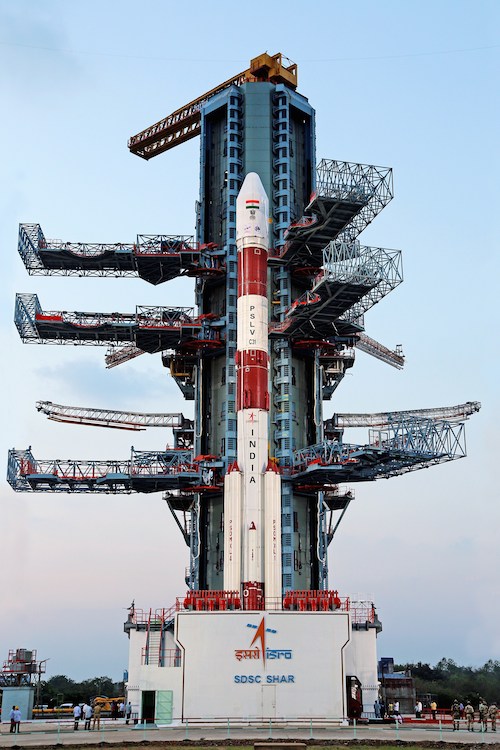
Fully integrated PSLV-C31 with IRNSS-1E at Second Launch Pad
.

Quelle: ISRO
-
Update: 19.01.2016
.
Countdown begins for PSLV-C31 launch
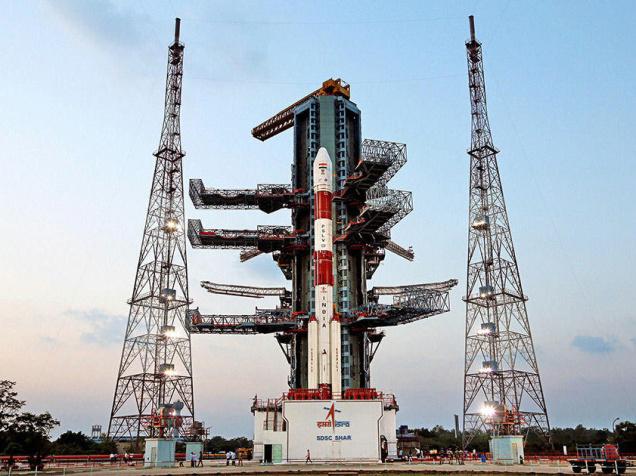
A panaromic view of the fully integrated PSLV C-31 rocket at the Satish Dhawan Space Centre at Sriharikota. Photo: ISRO
-
“The countdown started at 9.31 a.m. on Monday and the scheduled launch of the rocket is at 9.31 a.m. on Wednesday”.
The 48-hour countdown for the launch of PSLV-C31 rocket carrying IRNSS-1E satellite commenced at Satish Dhawan Space Centre at Sriharikota, some 100 km from here, on Monday.
“The countdown started at 9.31 a.m. on Monday and the scheduled launch of the rocket is at 9.31 a.m. on Wednesday,” an Indian Space Research Organisation (ISRO) spokesperson said.
IRNSS-1E is the fifth of the seven-series Indian Regional Navigational Satellite System (IRNSS), which India is hoping to put in place by the end of this year. The regional navigation satellite system is aimed at providing accurate position information service to users in India as well as the region extending up to 1500 km from its boundary.
According to ISRO, the IRNSS would provide two types of services – Standard Positioning Service (SPS) to all users and Restricted Service (RS), an encrypted service provided to authorised users.
Quelle: The Hindu
.
Update: 20.01.2016
.
Frams von Start-Video PSLV-C31

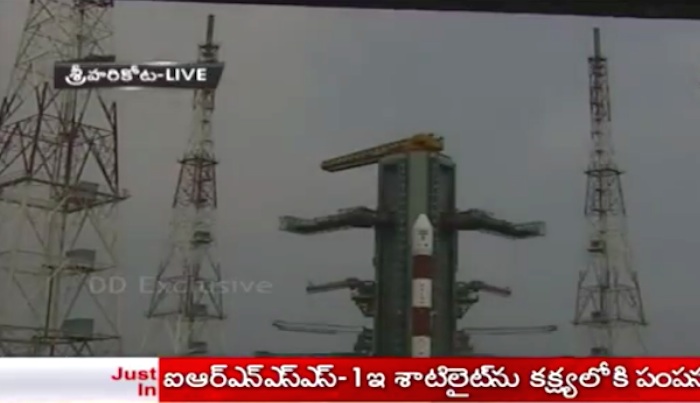
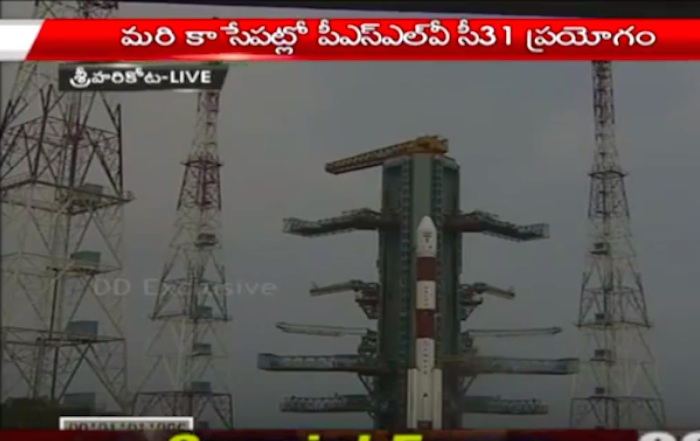
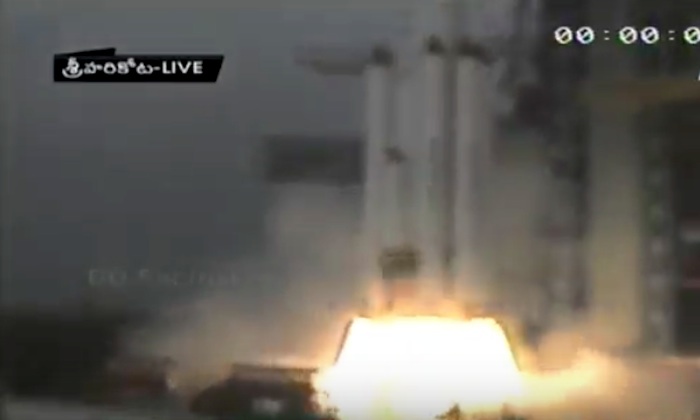

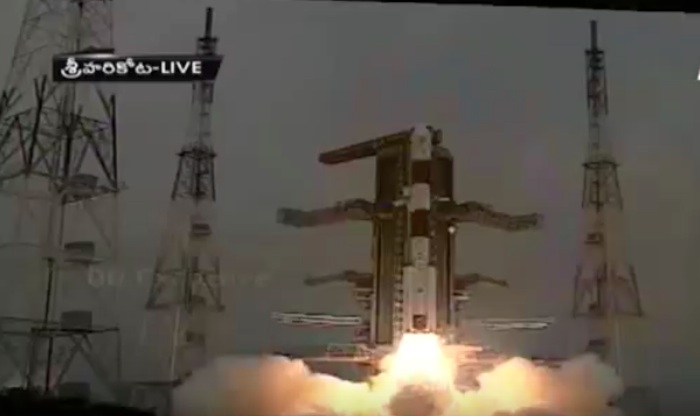
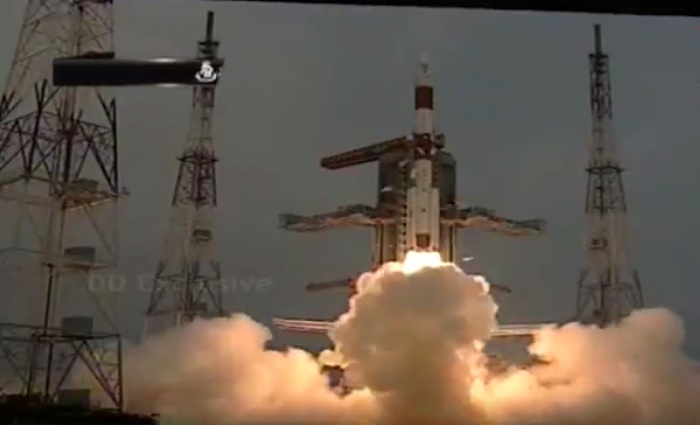
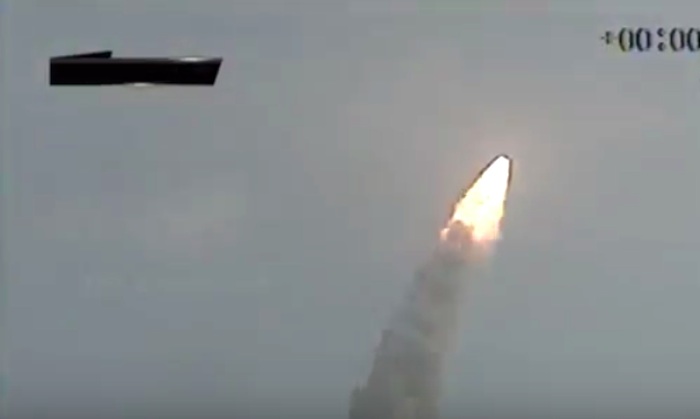
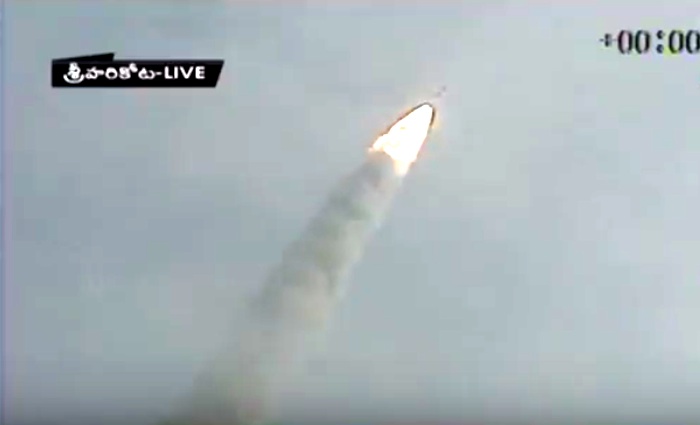
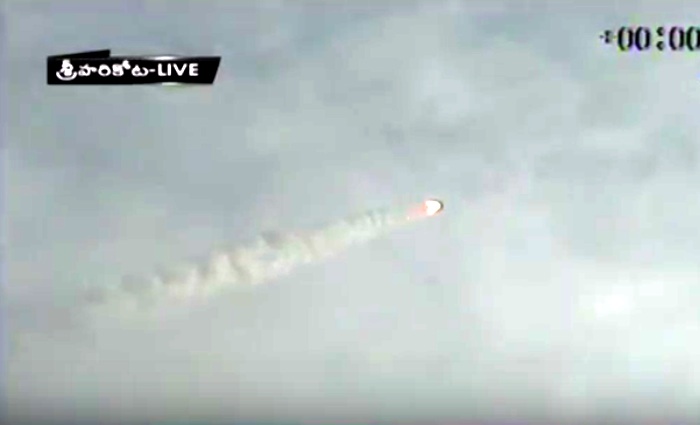
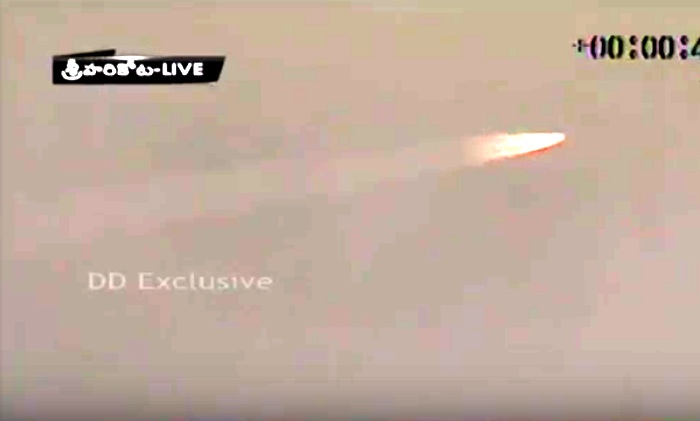
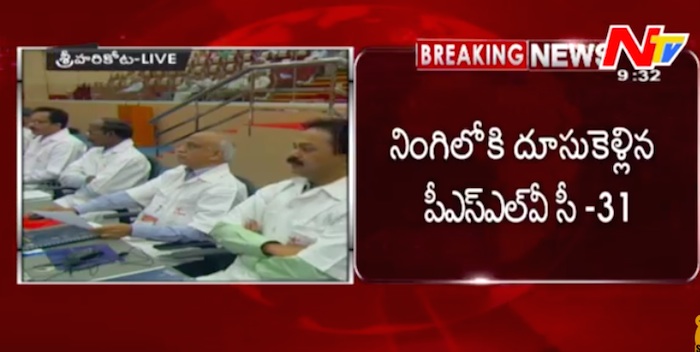
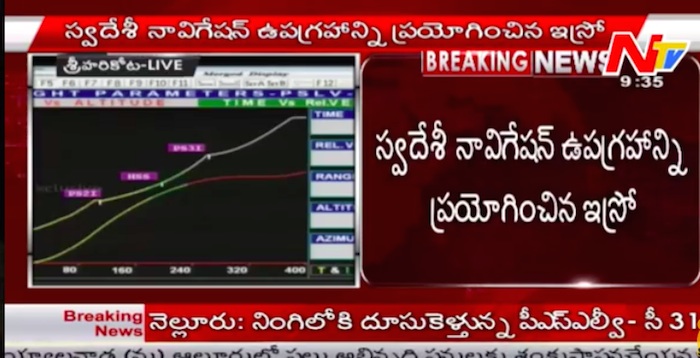
Quelle: ISRO, NTV
3935 Views
